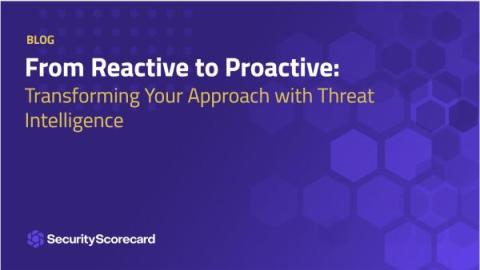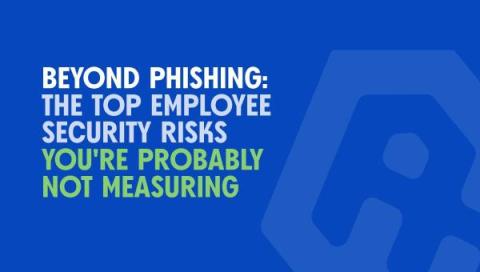From Reactive to Proactive: Transforming Your Approach with Threat Intelligence
The landscape of cybersecurity is ever-evolving, and staying one step ahead of cyber threats has become imperative for organizations. Traditionally, many businesses have adopted a reactive approach to cybersecurity, responding to threats and breaches as they occur. However, this approach is no longer sufficient in today’s digital world. Shifting to a proactive stance, powered by threat intelligence, is crucial for enhancing an organization’s security posture.











